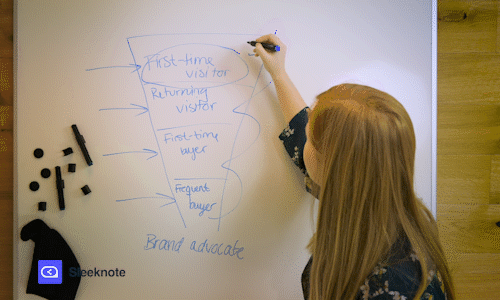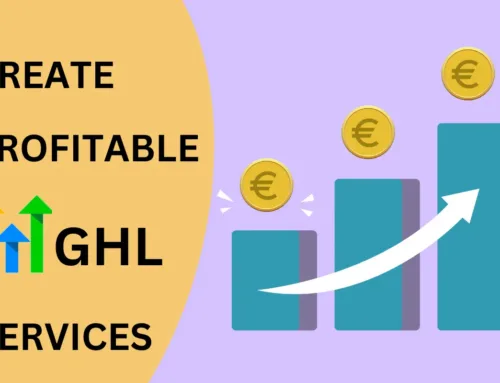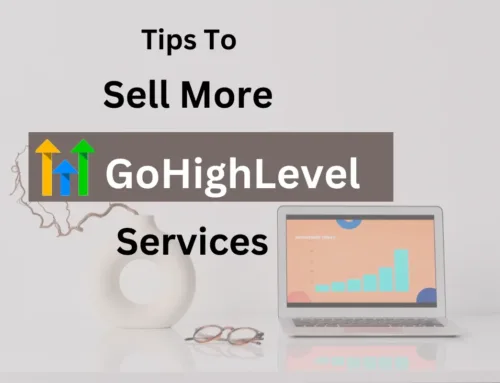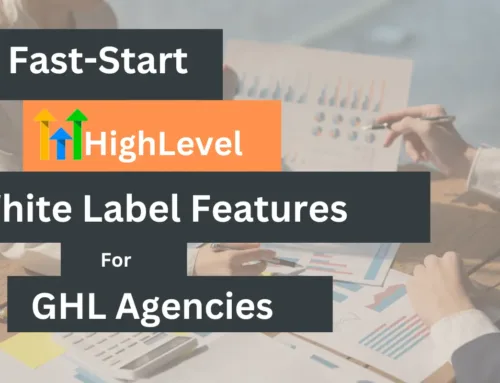So you want to build links quickly and efficiently? There are many ways to do that, but one of the best is to use images.
Images can convey a lot more than mere words. Once you start leveraging them, you’ll see an uptick in traffic and attract a lot more potential clients.
Here are four methods that I think will help you out.
Option 1: Produce a Lot of Original Images That Tie Into Your Industry
When I wanted to build links, I did quite a bit of research, and nearly every text on this topic that I found mentioned building my own stock photo folder.
However, before making a stock photo folder, I needed stock photos. So I did a Google Image search based on my industry, and then reverse-image searched some of the results.
I’ll use the word ‘marketing’ as an example:

These were the search results. I then took one random image and reverse-searched:

Look at the number of results. That number tells me how many pages use that image or images similar to that one.
When I find the images that can help me, I use them to create my own images that tie into the industry I’m working in. And I don’t stop there. Infographics and data-driven images also greatly help build links when used properly.
The best part is, this doesn’t just work for images—it works for GIFs, too. We make our own GIFs, like the one below, and feature them on our blog.

And do you know what? People can’t help but link to them.
Option 2: Contacting People and Websites That Use Your Images
I think this option is best described by Matthew Barby over at his website, www.matthewbarby.com.
In his own piece on how to build links with images, he writes the following when someone uses his stock photos:
Hey [name],
I hope you’re well.
I’m getting in touch because I run the Melted Stories travel blog, which focuses primarily on East/South East Asia travel stories and advice.
We have a team of awesome bloggers here and a ton of original photography from all around the Asian continent. I thought that we could partner up to deliver a better visual experience to your website visitors by giving you unlimited free access to all of our imagery (seriously, there will never be a fee for this).
The only thing that we ask is that you link to our blog once on your homepage.
You can then happily use any of our images and you won’t need to credit each one individually. This makes it a lot easier for you to use the images without compromising design.
Let me know if you’d be interested and we can set you up with access to our DropBox folder.
Matthew Barby, Editor
www.MeltedStories.com
Of course, I first need to know who is using my images, so I just do a reverse image search and contact the webmasters of the pages I find. Being polite is key here, as both the WM and I can help each other out.
They link to my website while I provide them with unlimited use of my stock photos. I can even go a step further and automate the whole process, or even send them a template they can use.
Option 3: Photographing Industry Events
Nothing speaks more about an industry than a picture where people interact. Of course, whenever I went to these events, I tried taking high-quality photos.
Then I did the same thing I would do with my stock photos—I’d contact the webmasters of pages that cover the industry and offer the photos. All I asked in return was for them to post a link to my page.
Photos like the one below are usually the safest way to go:

This photo was taken from the Affiliate Summit website, from one of their AS West marketing events.
Option 4: Viral Marketing
The name speaks for itself. In other words, if I want to build links, I have to increase my reach, and social media websites help.
So I make my content, whether it’s infographics or short comics or even memes, and I begin to spread it all over Pinterest, Instagram, Twitter, Facebook, and other networking sites.
There are even optimal times to do so, as you can see in the pictures below:

Both pictures were taken from Arthur Luke’s website Luke: the Brand Coach, from his article on the best and worst times to post on social media.
Using proper image sizes and frames also work, and I always advise people to keep it simple and to-the-point. Sometimes even paid promotions help.
Conclusion
Now that you’ve seen the four different ways I build links, you can try it yourself. All you need is a little patience and some advice from other link builders with experience. Furthermore, remember to keep it original, fresh, interesting and up-to-date.



